I'd like to use vim to edit long texts (prose / no code), in a well formatted way.
Let consider this file:

I can use sentences, paragraphs, etc. vim's features but the long sentences formatting isa bit ugly/poor readable.
So I'd like to have a some justification alignement with strict fixed colums width (let say columns = exactly 100).
I done some tests instlalling par unix command line utility (sudo apt-get install par) and setting vim to use it (with 'justify' flag):
:set formatprg=par\ jw100
and doing vim command:
gqG
but without a perfect joy, see screenshot here:

as you see I don't have an exact justification to 100 chars. why ?! It could be depend because par do not recognize some >8bit chars (of Italian language text here) ?
In fact there is a second issue: I don't want to permanently convert the original text in an aligned elaboration that destroy original sentence (introducing blanks/new line), but i would just VIEW the text leaving the original text untouched. There is a way to do that formatted view mode ?
